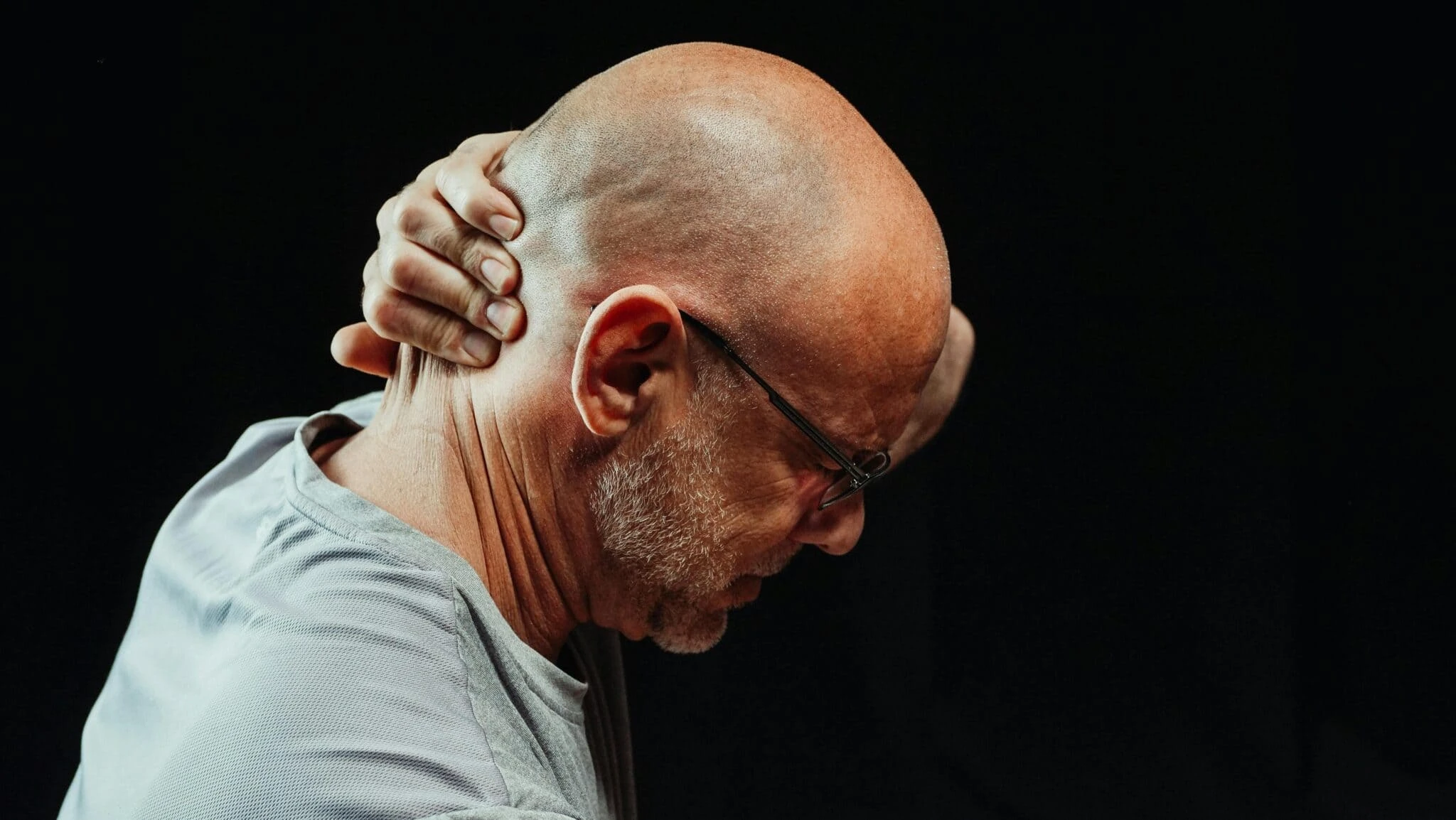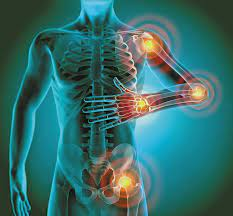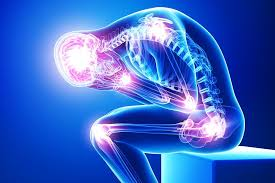
The Chronic Pain Epidemic
Chronic pain is pain that lasts for over three months. The pain can be there all the time, or it may come and go. It can happen anywhere in your body.
Chronic pain can interfere with your daily activities, such as working, having a social life and taking care of yourself or others. It can lead to depression, anxiety and trouble sleeping, which can make your pain worse. This response creates a cycle that’s difficult to break and can also lead to problems with relationships and finances.
What’s the Difference Between Chronic Pain and Other Pain?
Chronic pain differs from another type of pain called acute pain. Acute pain happens when you get hurt, such as experiencing a simple cut to your skin or a broken bone. It doesn’t last long, and it goes away after your body heals from whatever caused the pain. In contrast, chronic pain continues long after you recover from an injury or illness. Sometimes it even happens for no obvious reason.
Where Do People Have Chronic Pain?
Chronic pain can come in many different forms and appear across your body. Common types of chronic pain include:

- Arthritis, or joint pain
- Back pain
- Neck pain
- Cancer pain, near a tumor
- Headaches, including migraines
- Testicular pain (Orchialgia)
- Lasting pain in scar tissue
- Muscle pain all over, such as with Fibromyalgia
- Neurogenic pain, from damage to the nerves or nervous system
How Common is Chronic Pain?
Chronic pain is a very common condition, and one of the most common reasons why someone seeks medical care. In the United States alone, 116 million are impacted by chronic pain and 40 million with severe pain.
Those that suffer from chronic pain have up to a 70% higher mortality risk, exceeding that of cardiovascular disease. Internationally, $635 billion is spent annually to treat chronic pain, which outpaces diabetes, heart disease, and cancer combined in the U.S.
Chronic pain is an epidemic and over 30% suffer worldwide.
Statistics show that 88.5% of chronic pain sufferers are not satisfied using drugs for treatment. It was found when surveyed that 78% of 6,300 U.S. adults preferred non-drug options for treating pain. Sadly, only 23% of patients using opioids found them effective for treating their chronic pain.
Unfortunately, the chronic pain epidemic has been made significantly worse by the opioid crisis in the United States.
- 143 million opioid prescriptions were written in 2020
- 13 million Americans abuse Oxycodone
- Overdoses account for over 100,000 deaths per year
- 2.4% of 12th graders used OxyContin within the past year
Can Lifestyle Changes Help with Chronic Pain?
Four major lifestyle factors can affect your chronic pain and help minimize it. Healthcare providers sometimes call them the four pillars of chronic pain. They include:

1. Stress
Stress can play a major role in chronic pain, so it’s important to try to reduce your stress as much as possible. Everyone has different techniques for managing their stress, but some techniques include meditation, mindfulness and deep breathing. Try different options until you find what works best for you.
2. Exercise
Participating in low-intensity exercises, such as walking or light swimming, for 30 minutes every day may help reduce your pain. Exercise can also be a stress reliever for some people, which is important to manage when you have chronic pain.
3. Diet
It’s important to eat a healthy diet to boost your overall health. Your healthcare provider may suggest trying an anti-inflammatory diet by eliminating foods that cause inflammation, such as red meat and refined carbohydrates.
4. Sleep
Getting enough quality sleep is important for your overall health. A lack of sleep can cause you to gain weight, which could make your chronic pain worse. Getting quality sleep is also important for stress management.
What are the Complications of Chronic Pain?
Complications of chronic pain can include:
- Decreased quality of life
- Depression
- Anxiety
- Substance abuse disorders
- Worsening of existing chronic disease
- An increased risk of suicidal ideation and/or suicide
The complications of chronic pain are serious. Because of this, it’s essential to seek medical care if you’re experiencing chronic pain. There are many options for pain treatment and management. While it may take a while to find the right combination of therapies that work for you, it’s worth undertaking.



